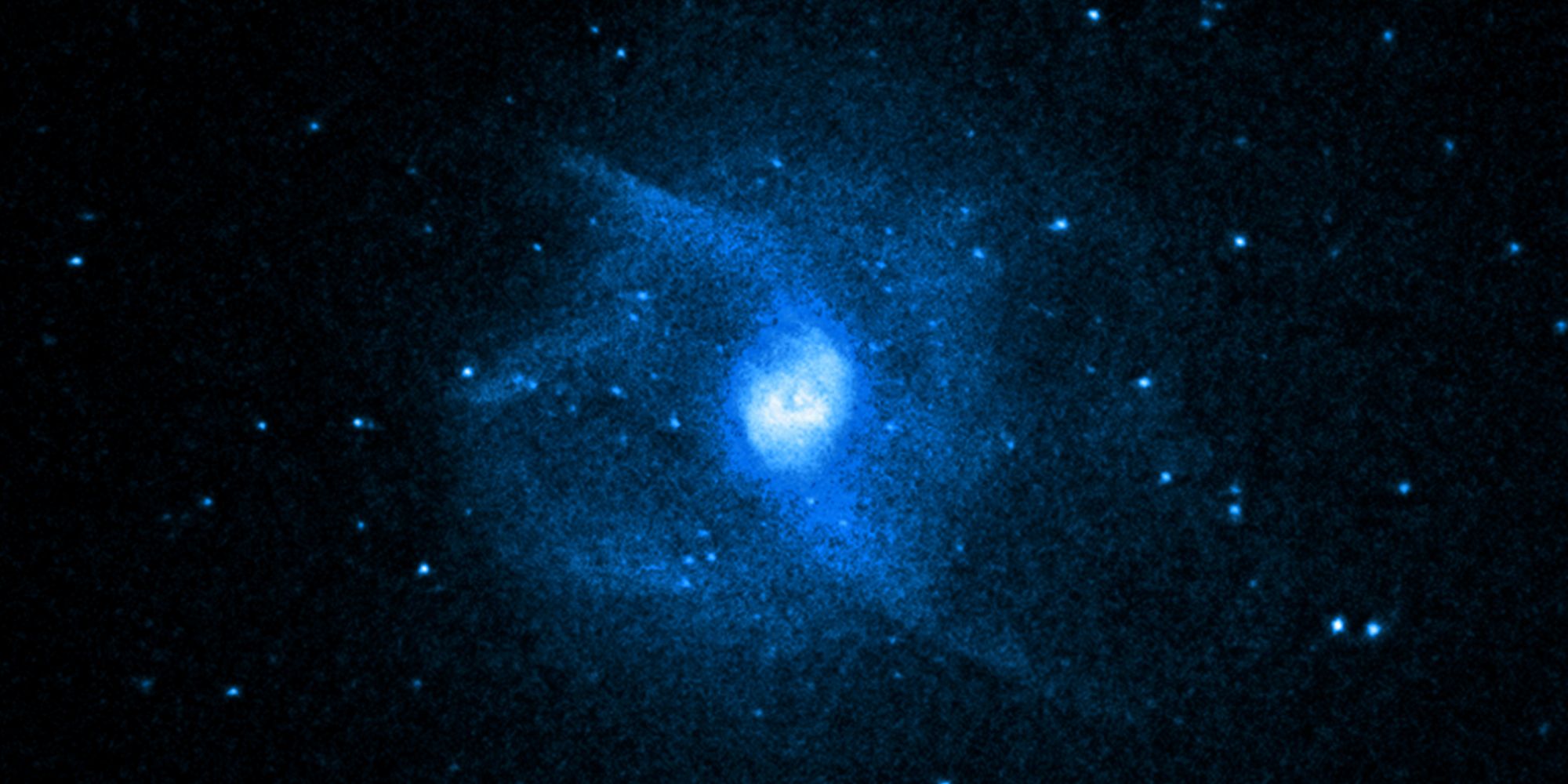NASA’s Hubble telescope has helped spot six ancient, dead galaxies, allowing a team of researchers to solve the mystery as to why the process of star formation stops in some galaxies. After an initial phase of very active star formation, a majority of galaxies are known to tone it down and achieve a constant rate at which new stars are created. The raw ingredients for making a star happen to be the clouds of dust and gas in a galaxy, which accrete in a region to form a dense core that eventually starts a nuclear reaction to emit heat and light.
SCREENRANT VIDEO OF THE DAY
Galaxies come in all shapes and sizes, and levels of weirdness, too. Scientists recently spotted a ‘ghost galaxy’ that is almost devoid of dark matter. The neighboring Andromeda galaxy has been snacking on smaller galaxies for billions of years and is expected to collide with the Milky Way in the next 4.5 billion years. In 2018, scientists reported a tadpole-shaped galaxy that’s 500,000 lightyears in length, while the spiral NGC 7674 galaxy is known to have two black holes at its heart. However, dead galaxies appear to be one of the biggest mysteries in the world of astronomy right now, but the puzzle may have finally been solved.
Related: Hubble Spots Stars That Found The Fountain Of Youth
In a study led by Professor Kate Whitaker from the University of Massachusetts Amherst, scientists spotted six massive ancient galaxies that came into existence shortly after the Big Bang but now lay in a dead state with no active star formation going on. Scientists used the ultraviolet and infrared imaging capabilities of the Hubble Space Telescope to study the light coming from these galaxies that was emitted some 10-12 billion years ago, and is only observable now due to their distance. It was combined with the radio information collected by the Atacama Large Millimeter/submillimeter Array (ALMA) radio telescope array to look for the presence of cold gas that serves as the fuel for star formation. Interestingly, scientists found only trace amounts of cold gas molecules at the center of these dead galaxies.
These Galaxies Lived Life King Size Before Going Cold

The most obvious conclusion — which might also solve the dead galaxy mystery — is that when a galaxy exhausts its cold gas reserves, the process of star formation stops and leaves these ancient galaxies in a “quiescent” state. Scientists hypothesize that these massive galaxies likely burned through their cold gas reserves rather quickly within the first few billion years or may have dumped them outside, effectively putting a halt to star formation. However, what still remains a complete mystery is why these dead galaxies couldn’t replenish their cold gas reserves over time.
Interestingly, a study published in Nature back in 2017 mentions that the process of merger or interaction with other galaxies tends to speed up the process of star formation, which means the rate at which cold gas reserves are depleted also goes up, and eventually, such events lead to the quiescent stage. The study was focused on a massive dead galaxy named ZF-COSMOS-20115 with a mass equivalent of 170 billion suns. In the wake of the latest UMass research, another possible explanation for dead galaxies is that somehow all their cold gas reserves were heated, leaving nothing but hot gas at their center. The discovery also leaves many other questions such as why was the supply of cold gas cut off, and what is stopping the galaxy from sucking back the cold gas it may have expelled.


